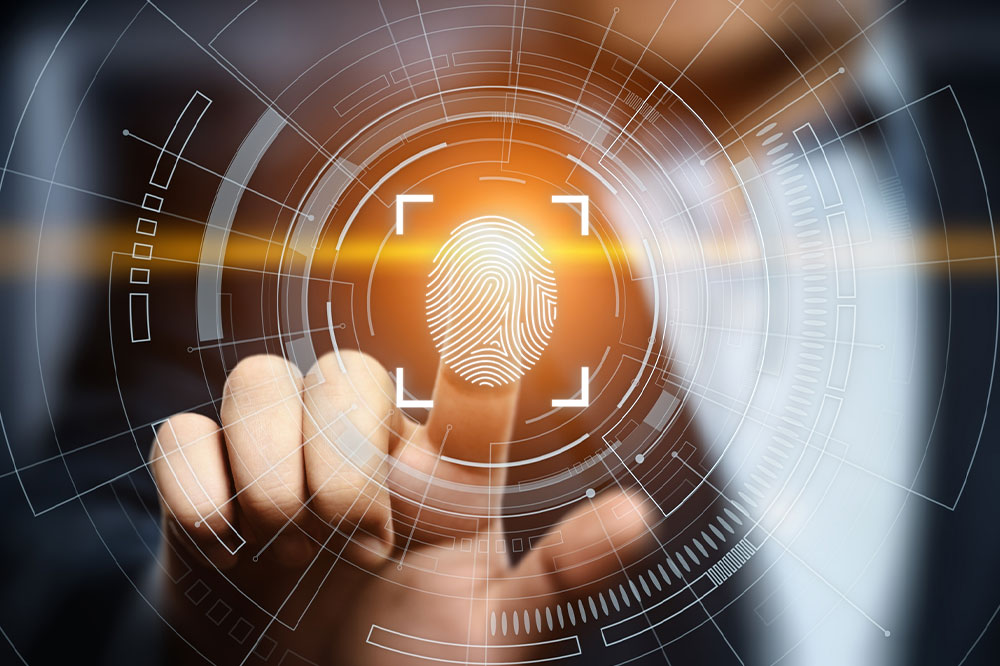
Biometrics – Types of devices and their application
Biometrics technology is slowly becoming one of the most sought-after systems for health monitoring and security verification. Today, several wearable and wireless biometric monitors and accessories are used in the banking, healthcare, government, retail, and transportation sectors. These devices provide real-time, accurate readings based on biological and behavioral traits, eliminating the need for manual verification. The technology saves time and effort with programmable hardware and software integration. Here are the types of biometrics used today:
Standard biometric monitors and accessories
Wearable biometric monitoring devices and accessories are widely used in the healthcare sector. Visual biometrics can analyze facial patterns and features for individual authentication. Behavioral biometrics can be used to analyze the gait (balance) and even actions of an individual to identify certain characteristic markers and traits. Auditory biometric monitors and accessories use voice recognition to identify and authenticate. Further, certain chemical biometric markers can be used to analyze fragments and segments of the DNA to provide an accurate match. In addition to verification, biometric pulse sensors, oxygen sensors, heart rate sensors, and muscle sensors help healthcare professionals monitor vital health stats. All these devices can be integrated with existing patient monitoring systems, with the data synced in real-time to provide the most accurate results.
Contact biometric devices
Contact devices require you to place your finger, palm, or entire hand on a scanner. The device is programmed to read the unique pattern on your fingers or palm and match it with a database that already has the prints. Agencies use either a single fingerprint, two fingerprints, or 4-4-2 fingerprint scan patterns to verify the data. Palm readers scan the entire surface at once and match it with the registered pattern. Hand scanners have a completely unique design where the device recognizes the shape and size of the hand to match the geometric data stored in a computer.
Contactless biometric devices
Contactless devices are even more convenient as the verification is done from a safe distance. Facial recognition is one of the most widely used types of contactless biometric verification. In fact, this feature is even available on your smartphone, where you can capture and store multiple face shapes and contour details to unlock the phone. Iris scanners, on the other hand, come with advanced protocols and algorithms to confirm your identification. Every person’s eye will have some unique color or pigment traits that the scanner can capture and store in a database for cross-referencing. Such scanners are used by law enforcement agencies to quickly identify and verify people for security purposes. Many public terminals also additionally deploy palm vein scanners across hospitals, public transportation kiosks, and commercial buildings, which use these scanners for quick verification.
Hybrid devices
Many biometric devices combine contact-based and contactless verification to ensure a double layer of security for authentication. These devices provide more accurate results and are durable, as a backup is in place if one security system fails. Hybrid scanners are custom designed depending on the location and purpose of verification.
Biometrics as a Service (BaaS)
Several organizations use different types of biometric verification to prevent fraud and scams. But instead of simply deploying handheld and contactless devices, these organizations now employ special services that integrate multiple aspects of biometric security. A dedicated BaaS system can integrate the devices with software that identifies and verifies the scans without setting up elaborate infrastructure or devices at the location. BaaS solutions are used for know-your-customer (KYC) verification, voter identification, and SIM card registration, to name a few. The hardware and software integration ensures no fake IDs or aliases get through the system. All of this can be done in a matter of minutes, making BaaS a useful solution to deploy globally. A comprehensive system like this also means you will have dedicated personnel monitoring the setup and offering quick biometric repair and services.
Understand that biometrics is still a relatively new and expensive technology, with many products and services in their developmental stages. This technology is ever-evolving, and organizations that can afford the service can customize and integrate many of these features.




